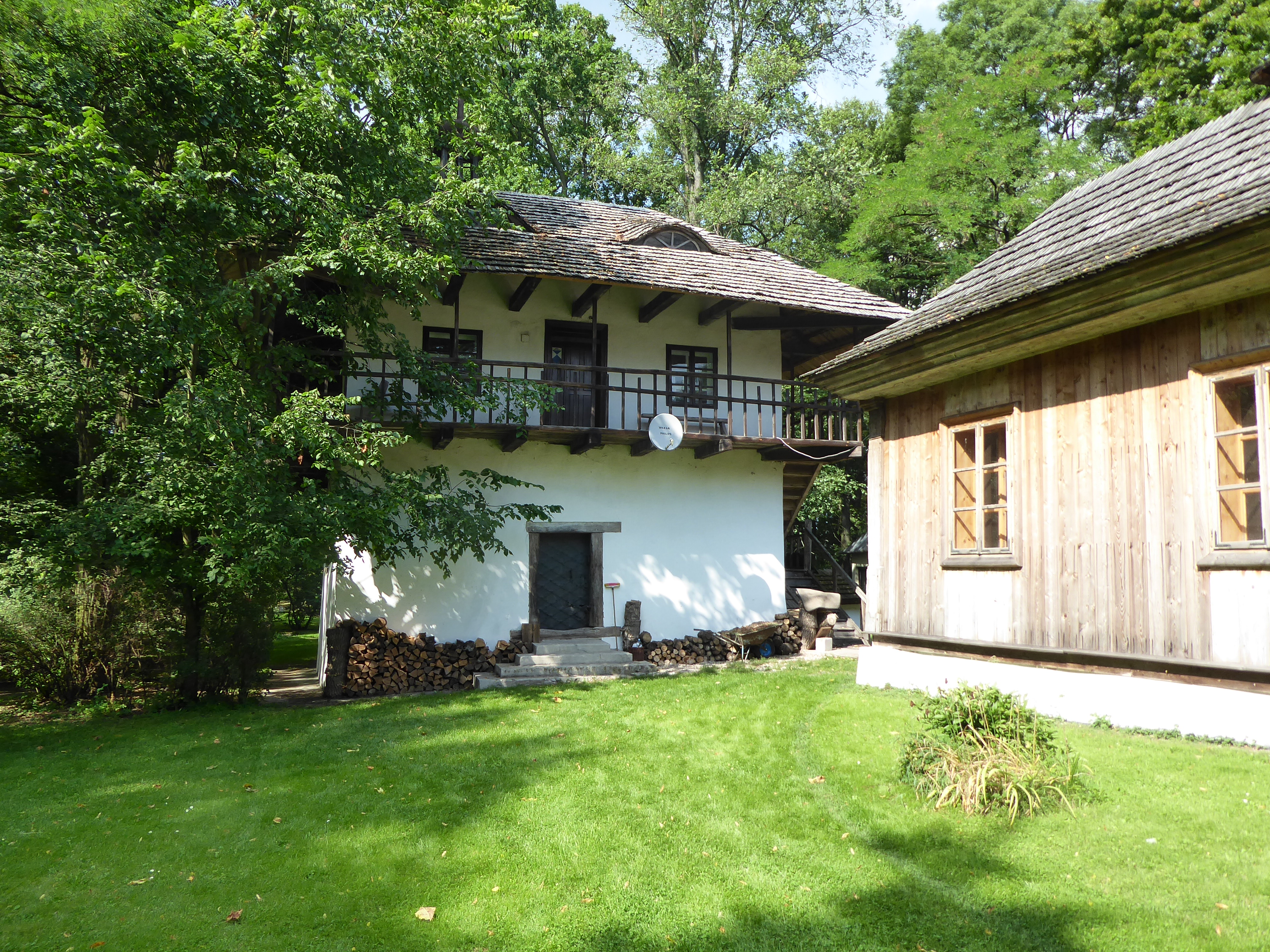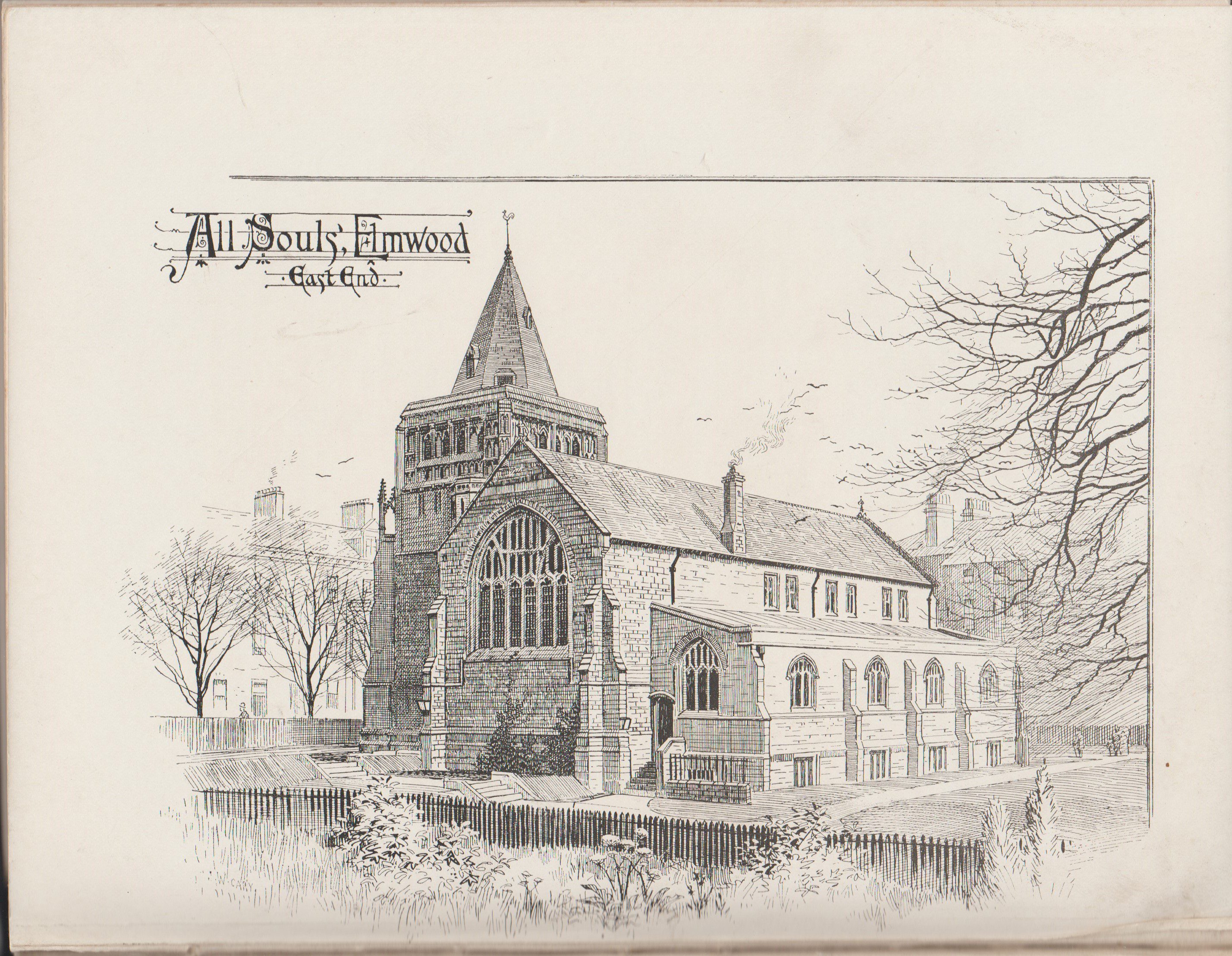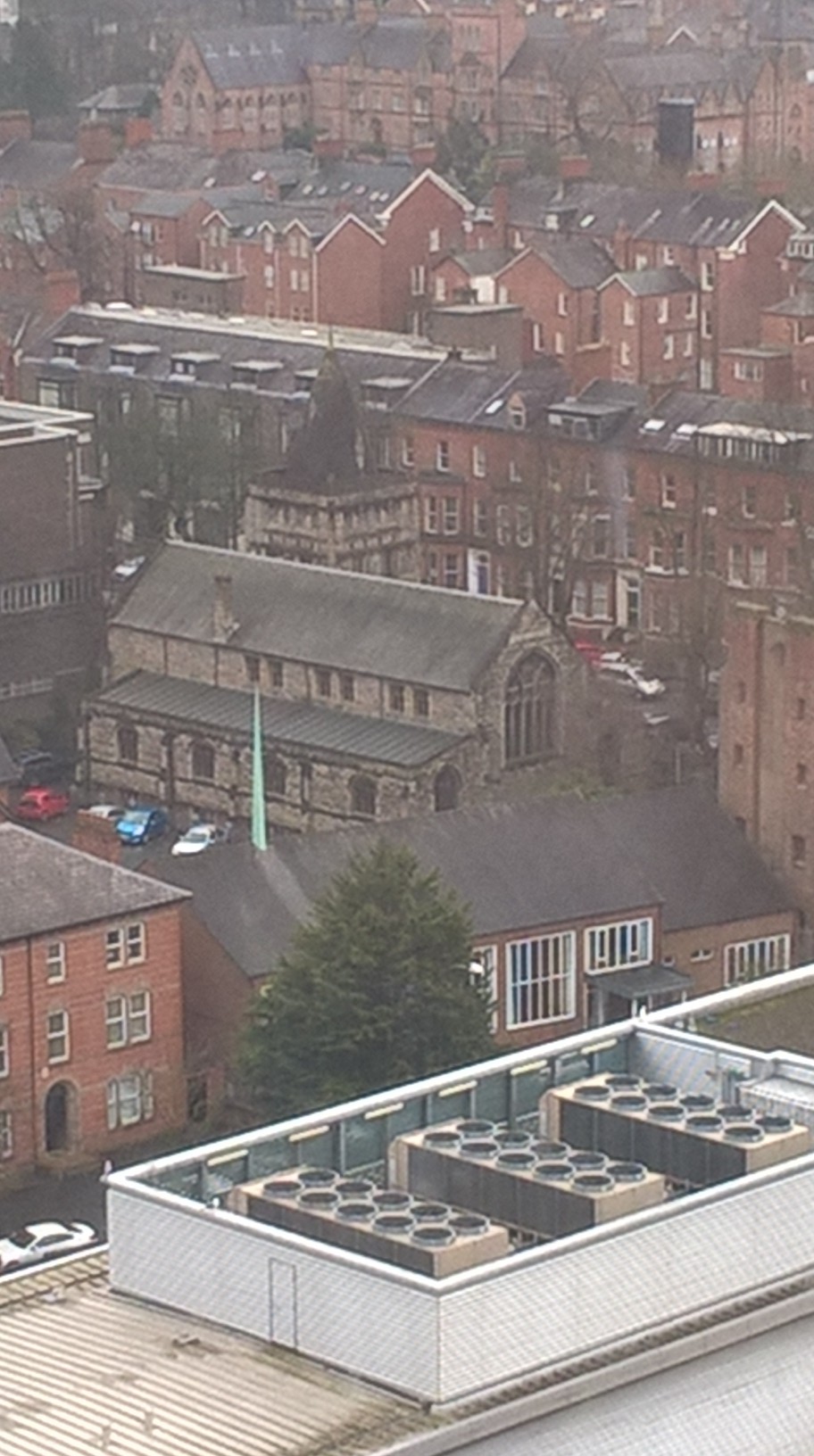At the end of July I was pleased to be part of an organised tour visiting sites connected with the Polish Brethren/Minor Reformed Church organised by the Rev Dr Jay Atkinson of Starr King School for the Ministry in California. When I was at college Arthur Long always used to quote Raymond Holt who said that the story of this little-known Polish church of the radical reformation was an illustration that it is not always the case that something good could not be destroyed by determined persecution. The Polish Brethren were totally wiped out in the counter-reformation: imprisoned, persecuted, exiled, forced to convert. But, of course, it is also true that through their publications and through the witness of those who went into exile something of them did survive and for a church that only existed from the mid-sixteenth to the mid-seventeenth century a surprisingly large amount of physical links with them remain.
They have attracted the attention of a number of highly able Unitarian scholars over the years, most notably, in recent times the late Rev Dr Phillip Hewett who wrote a wonderful article for me for Faith and Freedom in 2017 which can be read online here:
In search of Racovia
One of the points Dr Hewett was always keen to make was that the Transylvanian edict of Torda of 1568 (which marked its 450th anniversary in 2018) was not the first public expression of toleration. This came in Poland in the reign of King Sigismund Augustus, who reigned from 1548 to 1572 and who declared himself ‘King of the people, not of their consciences’.
A combination of weak royal power and reform minded nobles with authority within their own areas meant a variety of religious views developed in Poland including the Polish Brethren who may have numbered as many as 40,000 at their highest, their 200 or so churches extending across all the vast Polish territories which then included Lithuania and parts of Ukraine.
It was fascinating to visit some surviving sites connected with the Polish Brethren and remarkable that some of them had survived, given their effective destruction by royal decree in 1658. The disused buildings that we saw are now recognised by the state and have been re-roofed although they are still in need of considerable restoration.

The church at Cieszkowy
The first chapel we visited was at Cieszkowy, in the countryside to the north of Kraków, the general location of all the churches we visited. This was similar in design to many of the chapels we were to see with two rooms downstairs, one the chapel and one a schoolroom, with rooms upstairs (which we were not able to visit) which presumably was the house of the minister. I believe this chapel also had a period of use as a Calvinist church, it was generally the case that the landowners decided the religious direction of the locals, and so such buildings could change hands before the full impact of the counter-reformation was felt.
One of the intriguing features of this building was that a number of inscriptions have survived in the interior: including a line from the gospel of Matthew in Polish inside the meeting-house, and a quotation, in Latin, from Virgil above the entrance to the schoolroom. The mixture of classical and scriptural texts suggest the temper and nature of the religious culture of the Polish Brethren.

Inscription from the gospel of Matthew

Classical quotation from Virgil

The interior of the meeting house at Cieszkowy, showing the sixteenth-century doors
Not that far away from Cieszkowy is the chapel at Kolosy. It also has been re-roofed and has a similar layout. Here we shared in an act of worship and, as one of three ministers present, I was privileged to take part in leading the service together with the Rev Dr Sandor Kovacs of Koloszvár, Transylvania and the Rev Dr Roger Jones of Sacramento, California. It was an unexpected privilege and delight to take part in worship in this building of 1654, built by the Polish Brethren just four years before the expulsion of the Arians (as they were frequently termed, named after Arius, the 3rd/4th century theologian). There can’t have been many services held in here since then.

Kolosy. The date stone of this church can be seen at the top of this page

The interior of the meeting house at Kolosy following the service
The next day we went to Moskorzew, originally an estate named after the local family. Here the chapel eventually reverted to Roman Catholicism, following in the direction taken by the family. The crumbling structure of the family home can still be seen as well as post-war Soviet-style social housing. There is also a largely derelict but still essentially intact schoolhouse which dates from the sixteenth century. We were told that when the chapel was reclaimed by the Catholic church the Brethren used the schoolhouse for worship until they were finally outlawed. This building is in state care but would clearly benefit from restoration.

The church at Moskorzew today

The original ancient door of the Moskorzew church

The schoolhouse at Moskorzew
Inside the much altered church there are still two memorials in the chancel to female members of the Moskorzew family dating from the time of the Polish Brethren in the late sixteenth century.

Memorial at Moskorzew dating from the 1590s commemorating a member of the Moskorzew family during the Polish Brethren era
Secemin is another Catholic church today but was used as a Calvinist church and here at a synod Unitarian views were first publicly expressed. As with most Catholic churches in Poland the interior is richly decorated but again there is a survival from the reformation period with a memorial in the chancel to Calvinist minister Gregory Broch who died in 1601.

Secemin church today

The interior of the church

Memorial in the chancel to Gregorius Broch
On the estate at Ludynia, in its delightful setting, Mr Gieżyński, the owner, has restored not only the manor house but also the nearby chapel. Here he has also built up an impressive collection of books and prints connected with Raców, the Polish Brethren and Fausto Sozzini which he shared with us in the chapel.

Ludynia manor house

The chapel at Ludynia

Inspecting some of the documents in the chapel
In future posts I will look at other aspects of the tour and the history of Fausto Sozzini and the Polish Brethren.








































































